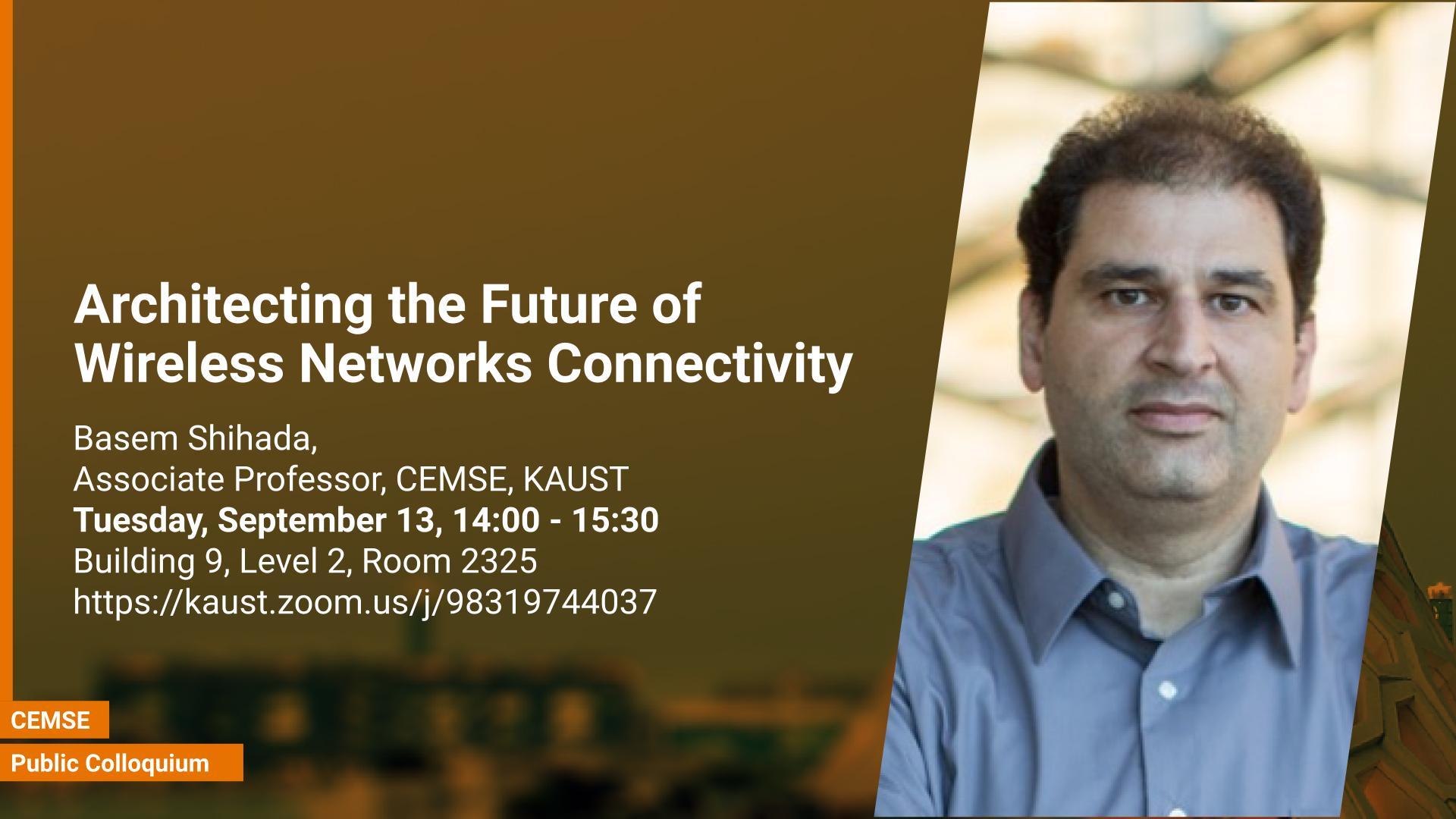Abstract
Over four decades, wireless networks continue to play a fundamental role in data transmission and communicating information between users. Wireless networks have gone through five large-scale revolutions, resulting in 1G, 2G, 3 G, 4G, and most recently 5G networks. In 1G and 2G, voice and text were possible. In 3G and 4G, pictures and video become commonplace. In today’s 5G, live ultra-high-definition three-dimensional data, virtual reality, and augmented reality services can be employed.
In this talk, I will start by providing our vision for next-generation networks. We emphasize that human-centric mobile communications will continue to be the most important application in the such future network. In this context, I will start by highlighting the digital divide that separates world countries into “haves” and “have-nots” as illustrated by our imbalance index project. Then, I will focus on the necessary wireless networking solutions that overcome the digital divide and bring better coverage, robustness, and smartness. I will support this mission by introducing our recent advances in IoT context and location-aware mechanism associated with our recent wireless traffic prediction method. Moving forward, I will review our recent advances in non-terrestrial networks, which includes both UAVs and satellite. In this fold, I will introduce several complex optimizations and machine learning methods that predict UAV trajectory, data rate, and energy consumption. I will show satellite systems are essential for today’s traffic-intensive applications while maintaining an accepted end-to-end latency for delay-sensitive applications. Finally, I will present our journey in underwater environments. I will start by describing our first attempt to transmit live video in the underwater environment over laser. Then, I will show how we achieved transmitting 4K video over a bi-directional laser. Finally, I will show how we integrated both existing Wi-Fi technology with optics to extend the Internet as we use it today to the underwater environments via Aqua-fi. Throughout the talk, I will highlight several challenges in existing communication technologies that could have the potential of shaping new research and deployment directions of future wireless networks.
Brief Biography
Basem Shihada is an Associate & Founding Professor of Computer Science and Electrical & Computer Engineering programs in the Computer, Electrical, and Mathematical Sciences & Engineering (CEMSE) Division at King Abdullah University of Science and Technology (KAUST). His research covers a range of topics in energy and resource allocation in wired and wireless networks, software-defined networking, cloud/edge computing, the internet of things, data networks, and underwater networks. He obtained his Ph.D. degree in Computer Science from the University of Waterloo. In 2009, he was appointed as visiting faculty in the Department of Computer Science, at Stanford University.
Basem’s work received several awards and honors, including two best paper awards in AFIN, and IEEE WiMob. He has co-authored more than 170 papers in the field of wireless networks. He serves as a Senior Editor for IEEE Communication Letters, Associate Editor for Frontiers in Communication and Networks, Editor of Photonic Network Journal, and served as track chair, organizing chair, publication chair, and technical program committee for several conferences such as VTC, InfoCom, Globecom, ICC, Mobiquitous, WCNC, and others. He is a senior member of IEEE and a professional member of ACM. His work on underwater networks, specifically Aqua-Fi, got the world's attention and resulted in wide international media coverage.

